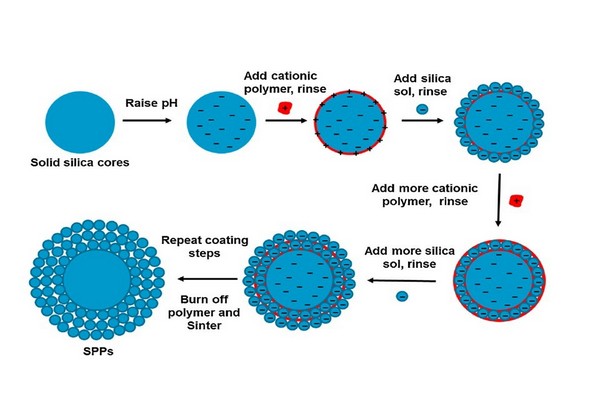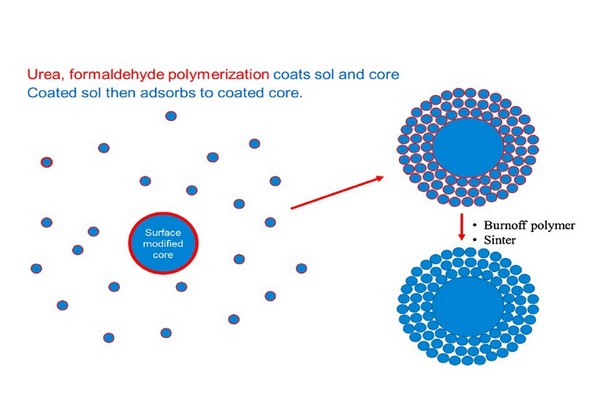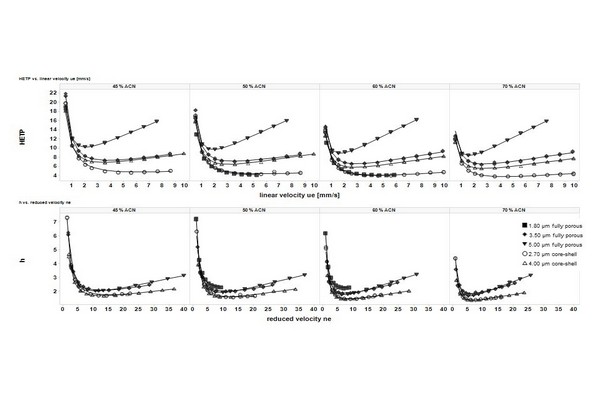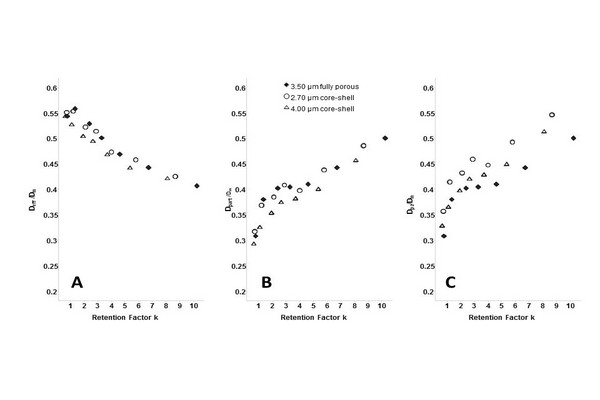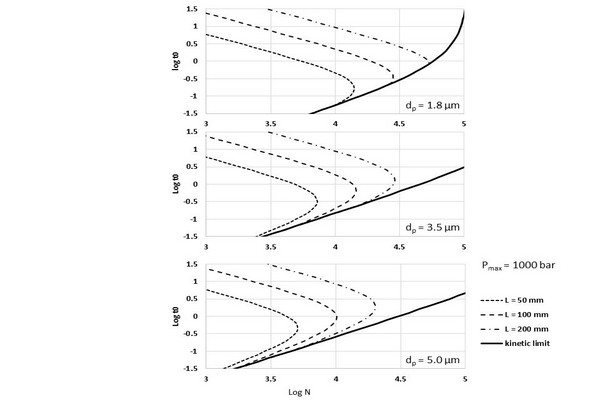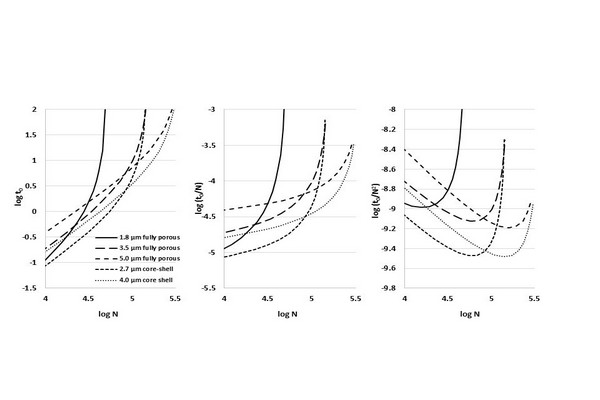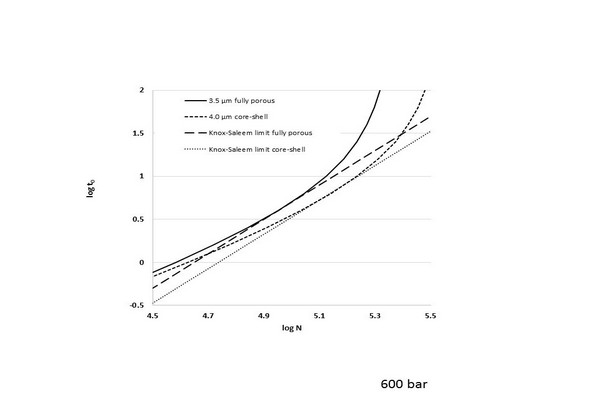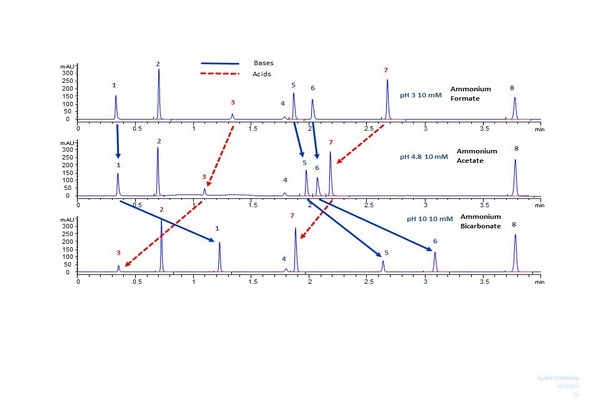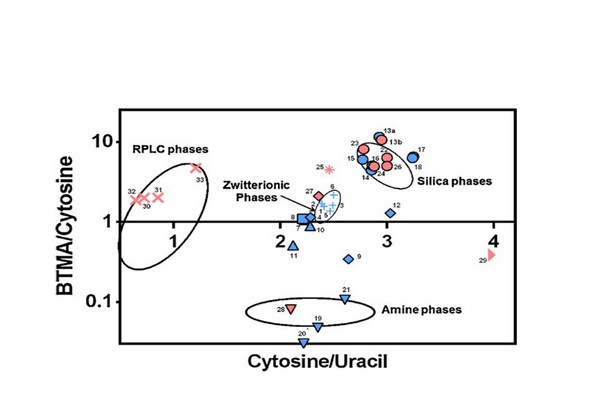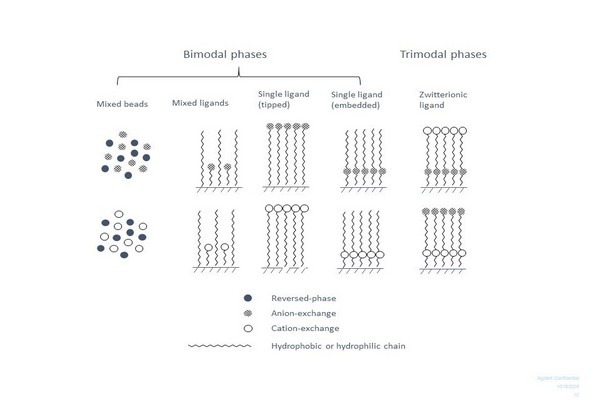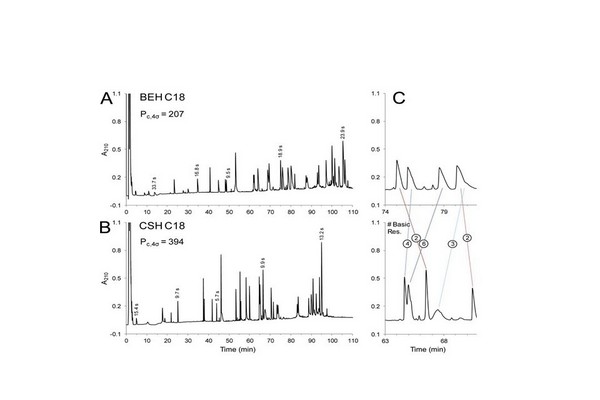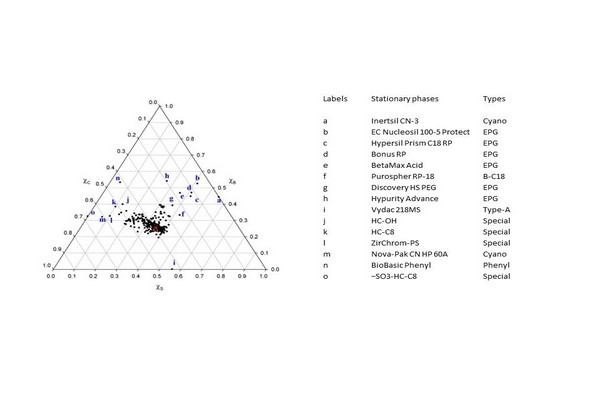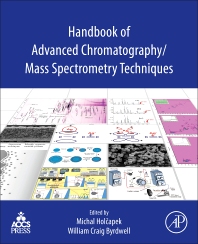Chapter 6 - Introduction - Page 179
Although the benefit of using small particle sizes in combination with higher operating pressures in high-performance liquid chromatography (HPLC) was already predicted in the 1960s by Giddings (1964, 1965a) and Knox and Saleem (1969), the standard format for HPLC columns from the early 1980s were 4.6 mm x 250 mm columns packed with spherical particles of 5-10 mm diameter. These columns were operated with HPLC instruments with an upper pressure limit of 400 bar and produced plate numbers of c. 25000 with a column dead time of 2-5 min. In the late 1990s, studies were reported from the groups of Jorgenson (MacNair et al., 1997; MacNair et al., 1999) and Lee (Wu et al., 2001) that made use of ultrasmall particles and high operating pressures.
The first sub-2-micron particles were introduced by Agilent (Barber and Joseph, 2004) and Waters in 2004; at this time also the first commercial instrument with an operating pressure up to 1000 bar was introduced by Waters (Swartz and Murphy, 2005). Since then, a wide range of ultra-high performance LC (UHPLC) instruments have become commercially available from almost every major instrument vendor, and a new termdUHPLCdwas coined for HPLC instruments and columns capable of operation above 400 bar. In parallel to the progress in instrument development, new stationary phase morphologies were developed, with the promise of producing higher efficiencies with similar particle sizes compared to conventional particles. In particular, coreeshell particles have become very successful and are now available in various particle sizes (between 1.3 and 5 um) and chemistries (Gonza´lez-ruiz et al., 2015; Guiochon and Gritti, 2011; Hayes et al., 2014; Tanaka and McCalley, 2016).
Certain coreeshell materials are also available with larger pore sizes for the separation of biomolecules (Chen et al., 2015; Fekete et al., 2012a, 2013; Wagner et al., 2012). Simultaneously, the development of stationary phase chemistries has made huge progress. More and more phases are being developed for specific separation tasks: hydrophilic interaction liquid chromatography (HILIC) phases for the separation of polar compounds, pH stable and temperature stable phases, low bleed phases for use specifically with mass spectrometry (MS), and phases suitable for supercritical fluid chromatography (SFC). Although many columns are offered in different length and diameters, HPLC users are faced with a choice of hundreds of columns to select from for a specific separation problem.
